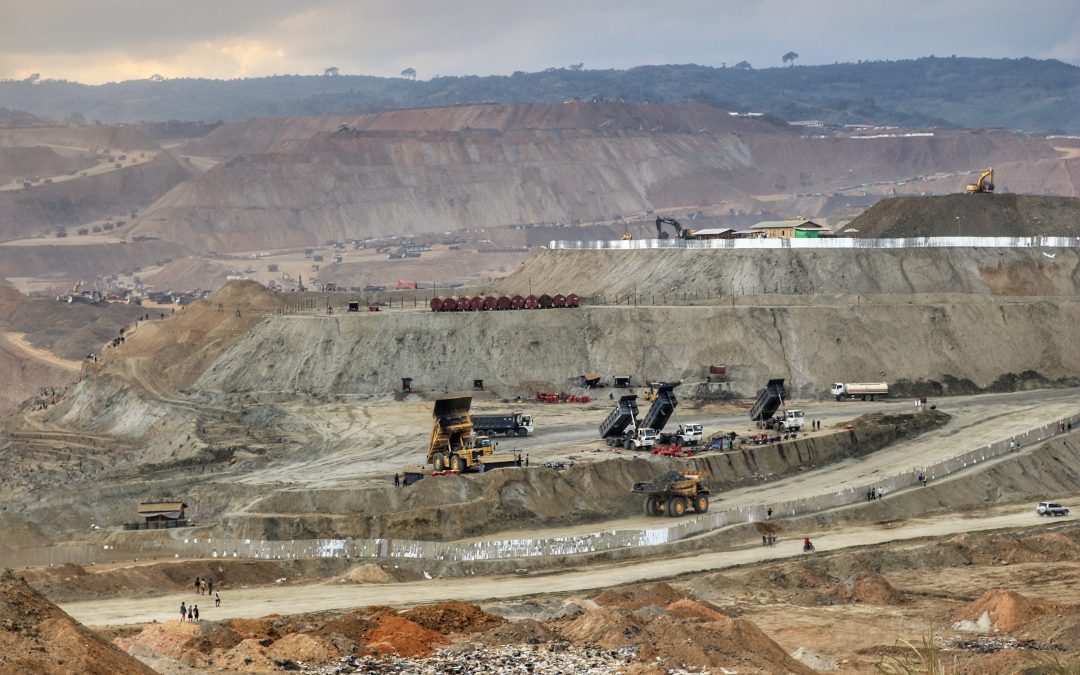Editor’s Note: Although it is taught in college, there are no business ethics. Industries have no morals. Their only purpose is to make money. There is no honor among thieves. If they have to kill to make a profit, so be it. It is most easily seen in the military industrial complex.
“War is a racket. It always has been. It is possibly the oldest, easily the most profitable, surely the most vicious”. – Major General Smedley Butler
Civilization is raging a war against nature. If people get in the way of that destruction they will be violently removed, which can lead to their death. As this report shows, this is a reality in most of the world. We as defenders must be aware of this and prepare ourselves to protect ourselves because in most states the perpetrators are not prosecuted. We honor our fallen heroes and strive to bring the criminals to justice.
By Brett Wilkins / Common Dreams
“All over the world, Indigenous peoples and environmental defenders risk their lives for the fight against climate change and biodiversity loss,” said the head of Global Witness.
The advocacy group Global Witness on Thursday marked 10 years of collecting data on slain environmental defenders by publishing a new report revealing that at least 1,733 people have been killed over the past decade — a rate of one murder every two days.
“Our data on killings is likely to be an underestimate, given that many murders go unreported.”
The report — entitled “Decade of Defiance: Ten Years of Reporting Land and Environmental Activism Worldwide” — underscores how land inequality and efforts by governments, corporations, and wealthy individuals to own and control land drives deadly violence against activists.
“All over the world, Indigenous peoples and environmental defenders risk their lives for the fight against climate change and biodiversity loss,” Global Witness CEO Mike Davis said in a statement. “Activists and communities play a crucial role as a first line of defense against ecological collapse, as well as being frontrunners in the campaign to prevent it.”
As the climate emergency worsens, so does the killing, violence, and other repression that come with the capitalistic pursuit of land and the natural resources above and below the soil.
“Driven by the rising demand for food, fuel, and commodities, the last decade has seen an upsurge in land grabs for industries like mining, logging, agribusiness, and infrastructure projects, with local communities rarely consulted or compensated,” the report states.
“Impunity is a driver of killings against defenders because, if there is no prosecution, it essentially gives the green light for perpetrators to continue.” – @shoemyth
At least 200 defenders were killed in 2021. Here's how we can stop the violence:https://t.co/01PGWkQwse
— Global Witness (@Global_Witness) January 9, 2023
“The actors colluding to grab land tend to be corporations, foreign investment funds, national and local state officials, and the governments of wealthy yet resource-poor nations looking to cheaply acquire land, harming local populations in the process,” the publication continues.
Global Witness said around 200 activists were murdered around the world in 2021 alone, a decrease from the 227 recorded killings in 2020. Although they make up only around 5% of the world’s population, more than 40% of the deadly attacks on environmental defenders targeted Indigenous people last year.
Mexico suffered 54 slain environmental defenders in 2021, the most of any nation and a marked spike from 30 killings reported there in 2020. Colombia (33), Brazil (26), the Philippines (19), Nicaragua (15), and India (14) all experienced more than 10 reported activist killings last year.
Global Witness documents that 200 land and environmental defenders were killed worldwide in 2021. It specifies 54 were killed in Mexico, 33 in Colombia, 15 in Nicaragua, 8 in Honduras, 4 in Guatemala and 1 in Kenya. Excerpts and links: https://t.co/TEgmaBYe8a #DefendTheDefenders pic.twitter.com/0yDGg1KTaR
— Peace Brigades International – Canada (@PBIcanada) September 29, 2022
Of the 10 activist murders reported across Africa last year, eight were rangers killed in Congo’s Virunga National Park, where militant groups are fighting for control of resource-rich lands that are also home to some of the world’s last remaining mountain gorillas.
Global Witness cautioned that “our data on killings is likely to be an underestimate, given that many murders go unreported, particularly in rural areas and in particular countries.”
Indian scholar and activist Vandana Shiva said in an introduction to the report that “these numbers are not made real until you hear some of the names of those who died.”


Seems to be some blame here or confusion. People who get killed believing CO2 is their enemy better stop drinking the cool-aid. What’s killing them is fear itself given to them by the very companies claiming their E Sprawl will save them, the terrorist utilities. They drive the “Junk Science” buy the politicians, environmental organizations, and media. They lay waste to the planet in the name of saving it.